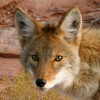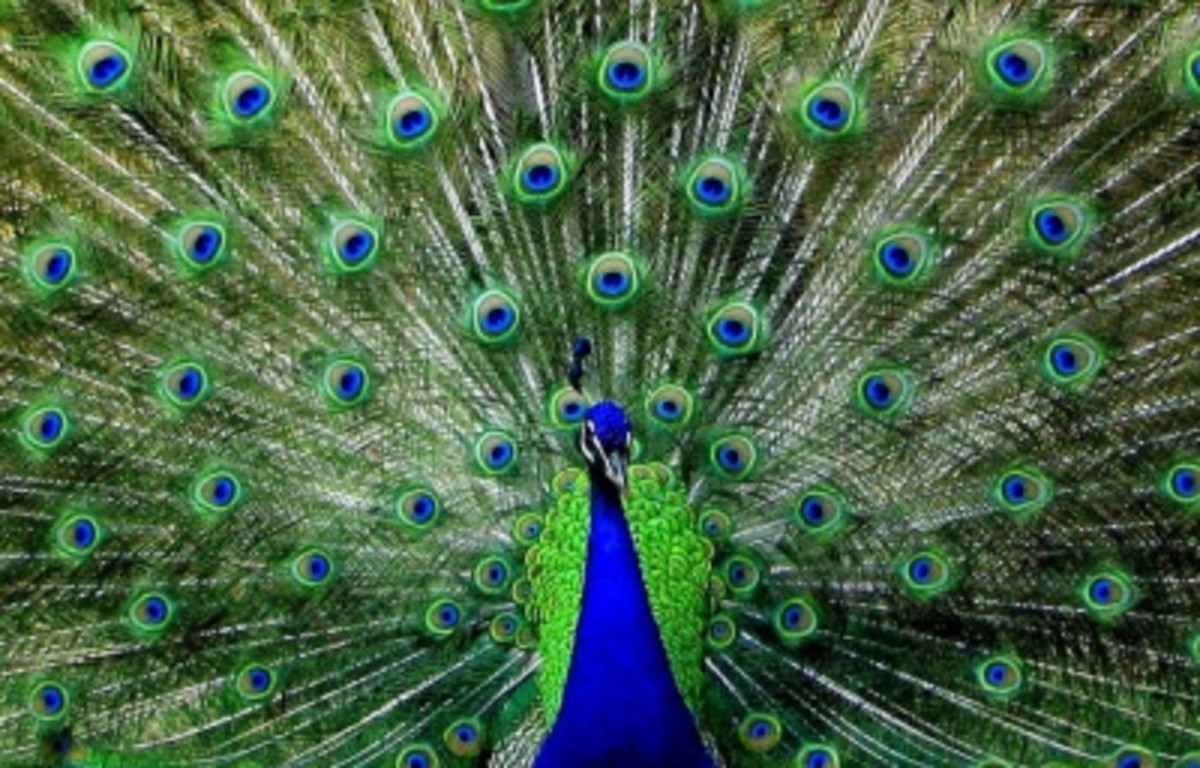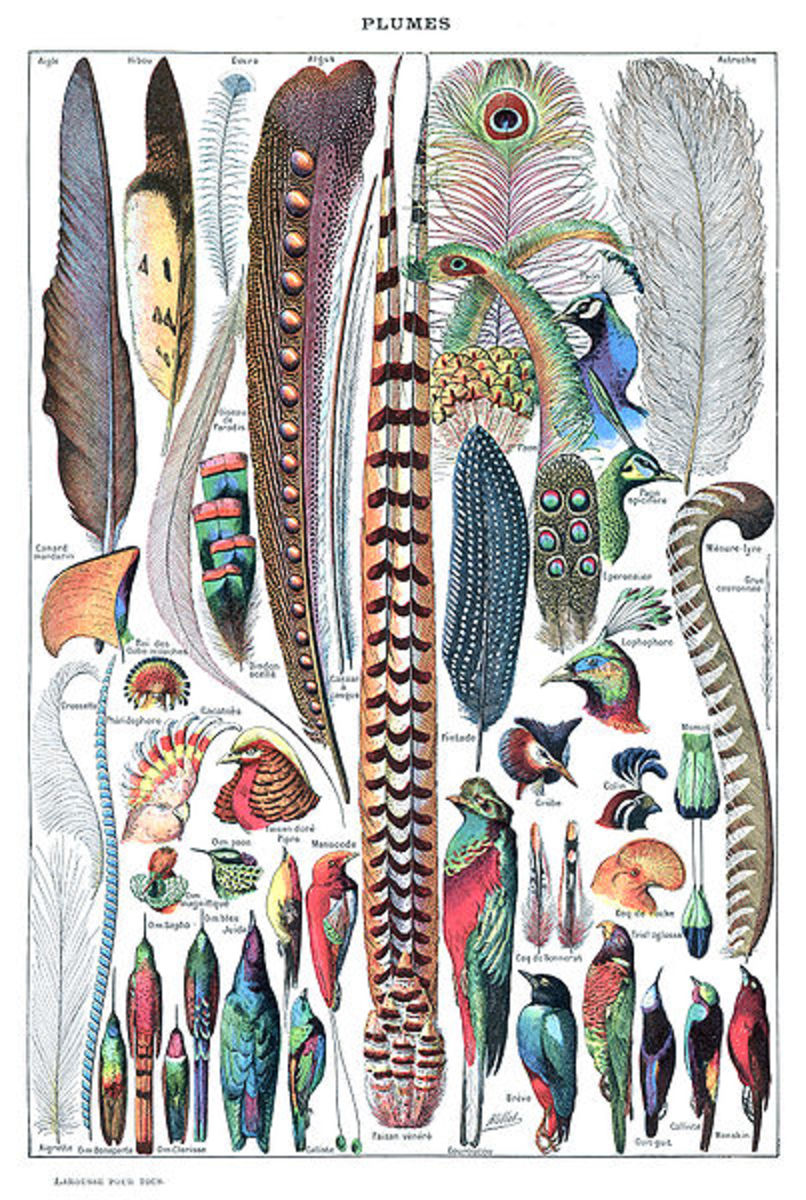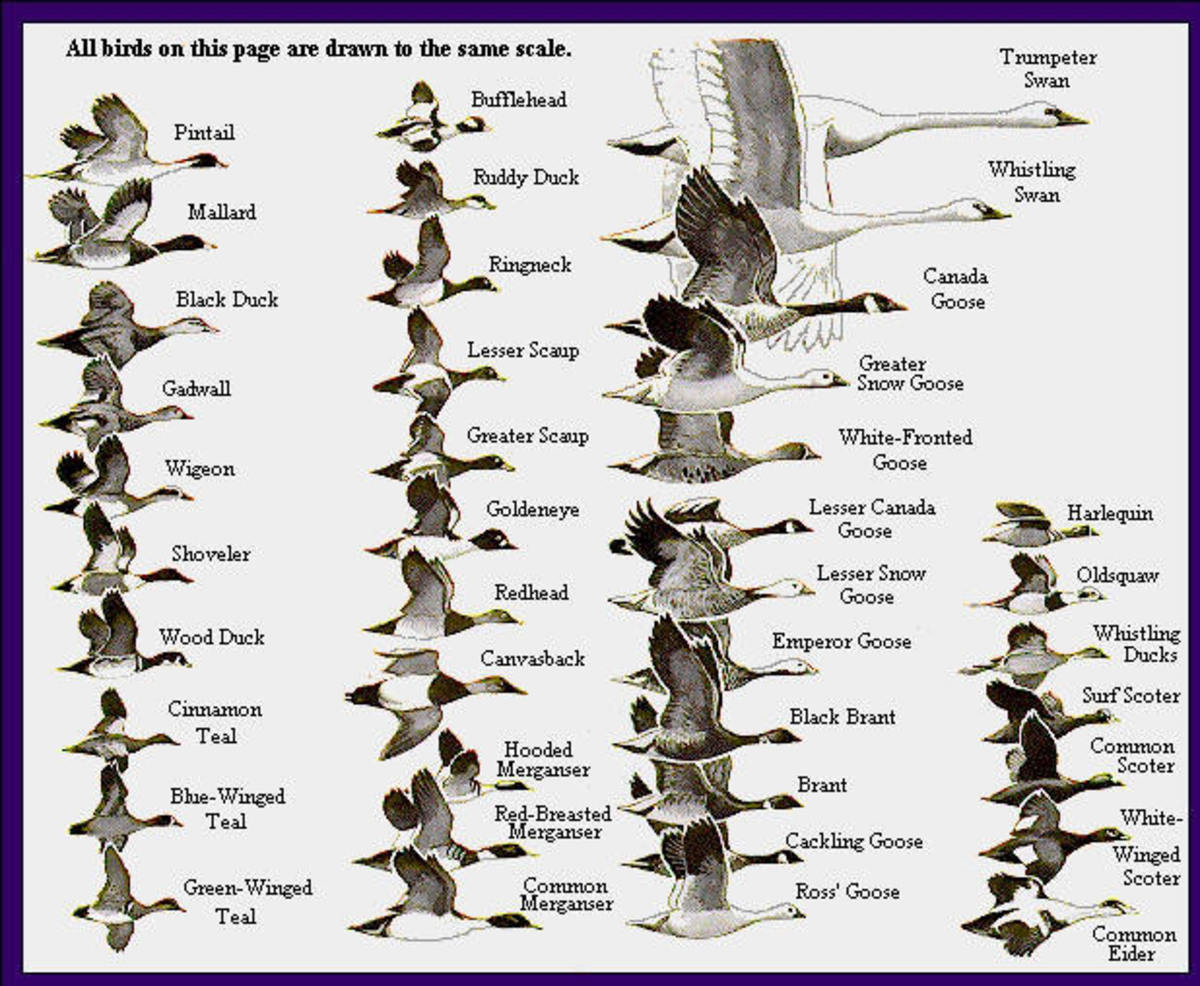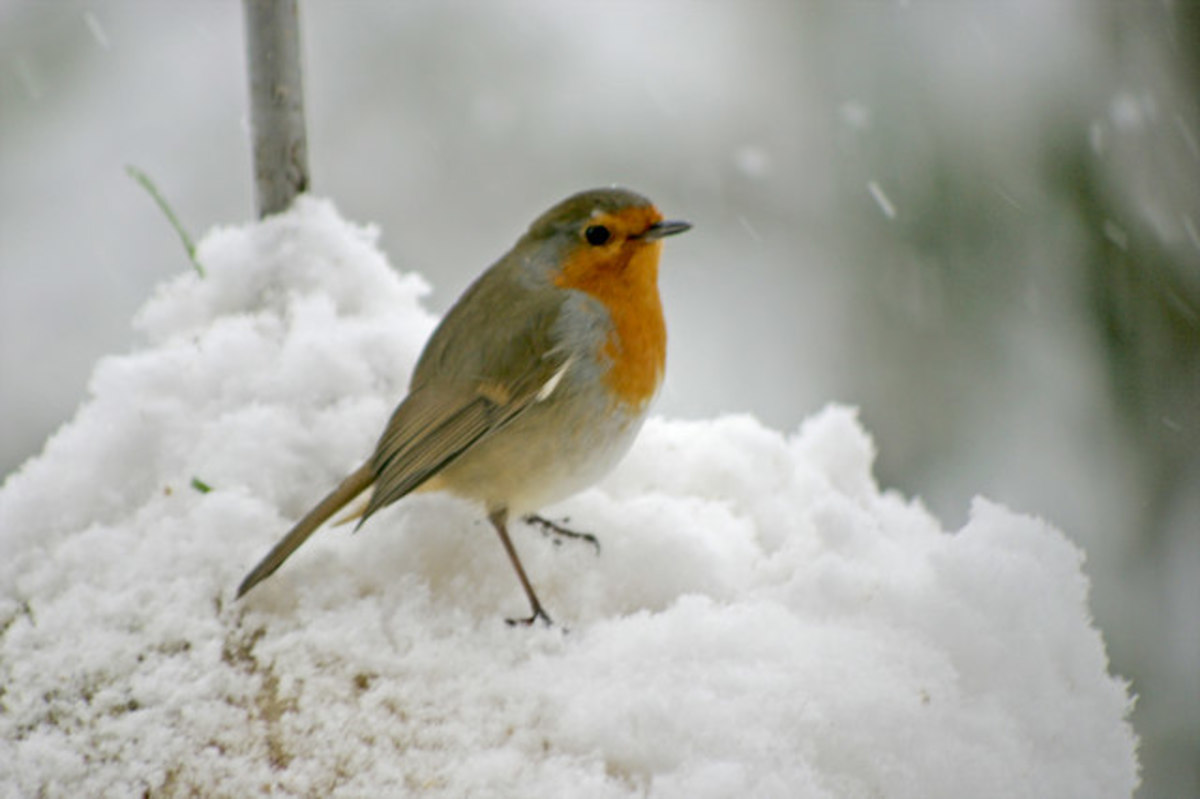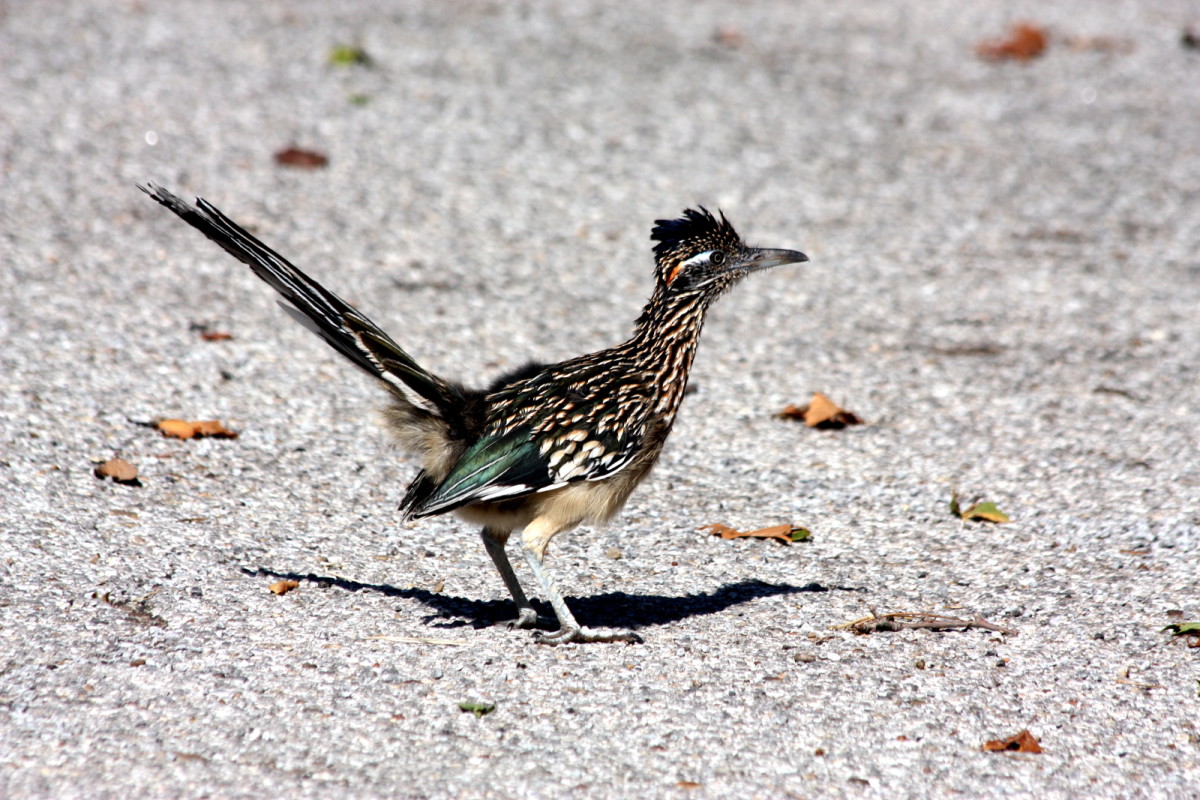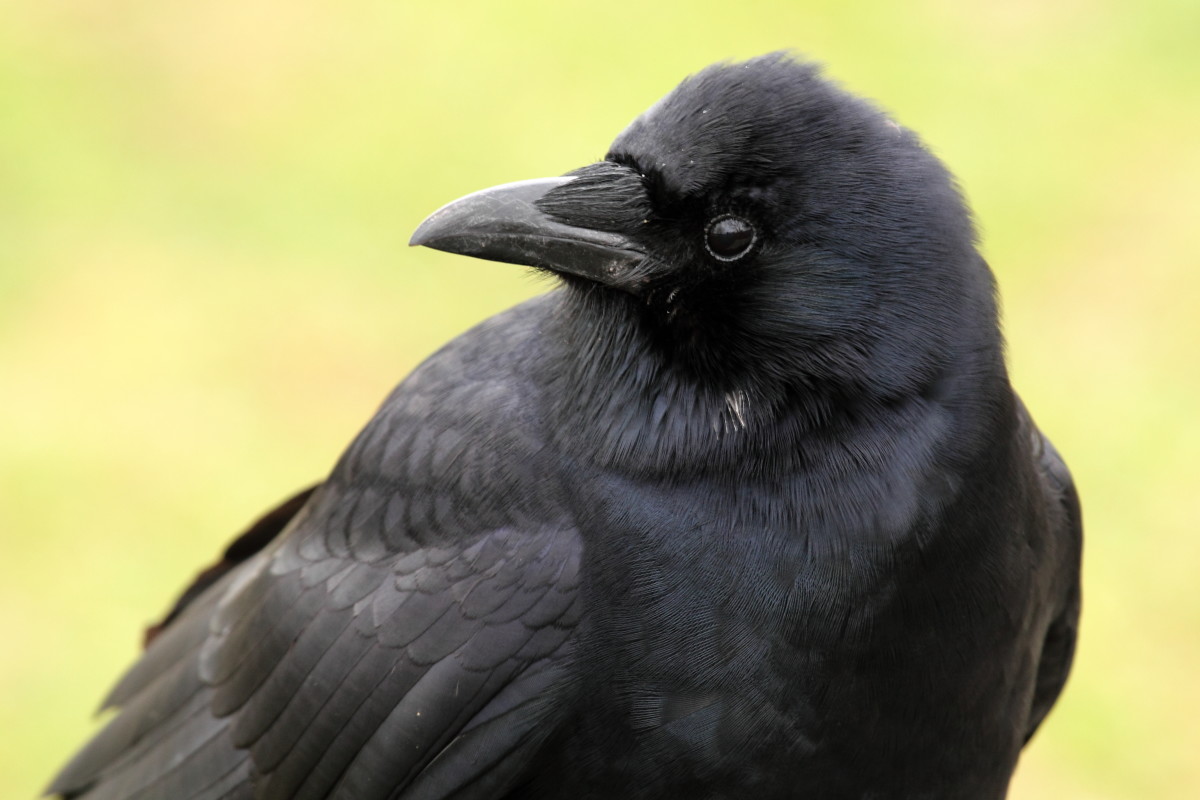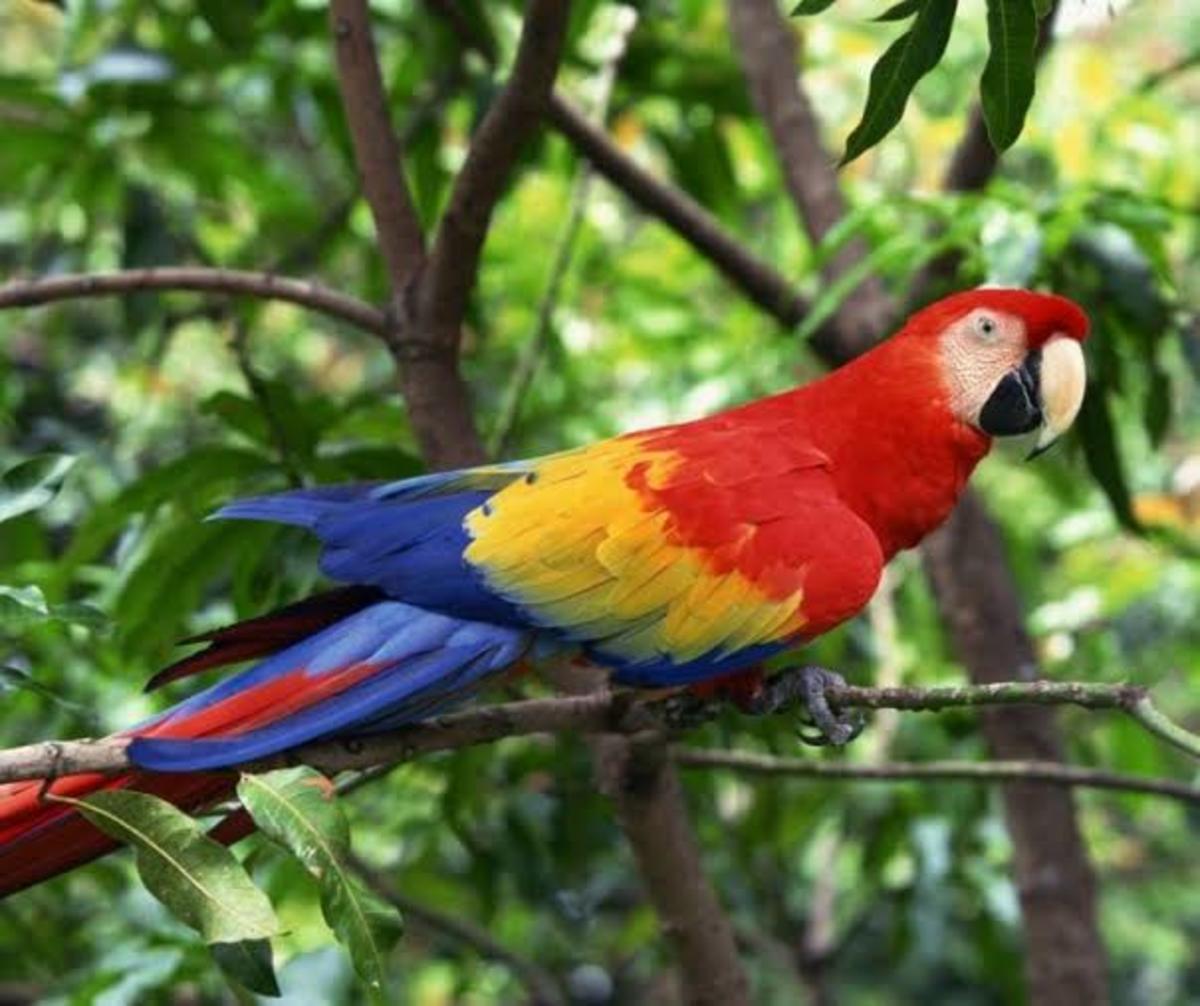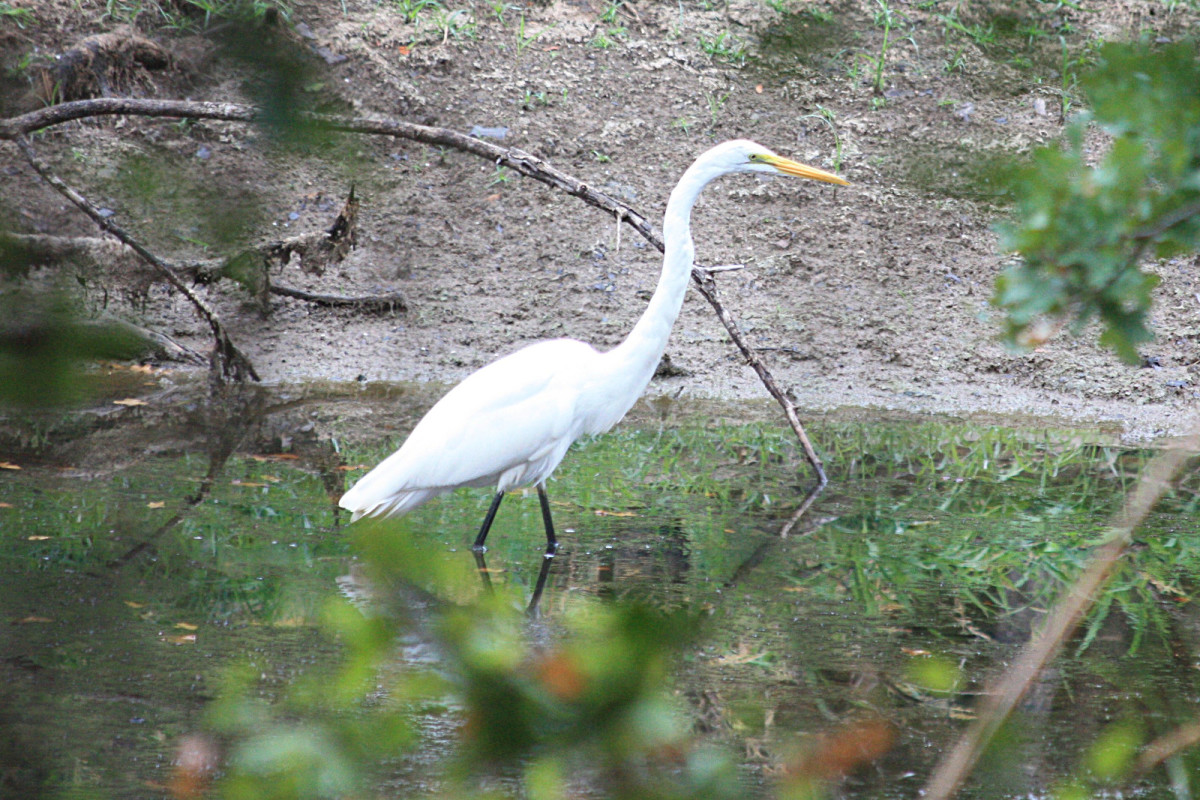Fantastic feathers: A look at how feathers make it possible for birds to fly
Parts of a feather
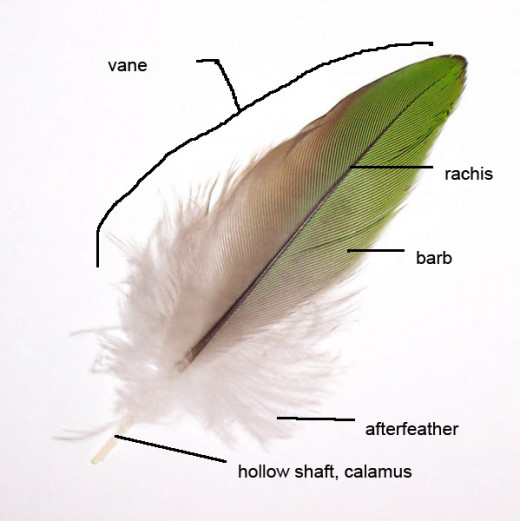
All about feathers
Feathers are one of the things that make birds special. Feathers are complex and tough. They serve several functions, such as attracting mates and insulating birds from the cold. The most amazing thing about feathers is that they make it possible for birds to fly.
The barbs of a feather have tiny barbules that zip the barbs together much like a zipper. One of the things birds do when they preen themselves is to zip the barbs back together. This design allows the feathers to flex and move without breaking. Still, feathers are sometimes damaged or worn out. Since a broken feather can’t be repaired, it needs to be replaced.
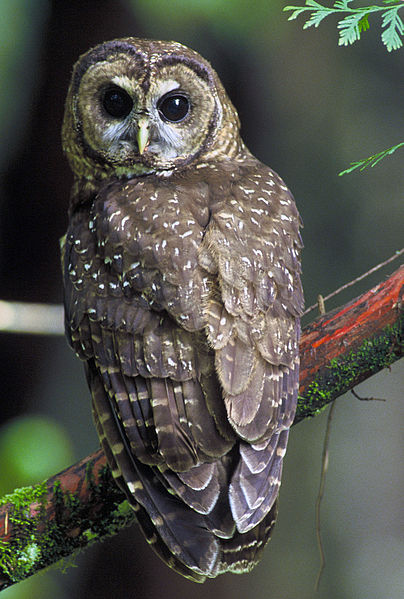
Fun Fact: Owls the silent predator
Owls, like the northern spotted owl in the picture on the right, have specialized feathers that make it possible for them to fly without making noise.
The edges of most feathers are smooth, but owl feathers have serrated or frayed edges that disrupt air flow over the feathers. This stops the flapping noise made by most bird wings.
Molting
Old feathers are loosened in their follicles by new feathers and eventually fall out, making room for the new feathers to grow. This is called molting.
Some birds replace their feathers one at a time. This makes it possible for them to fly even when they are molting. This is important because it lets the bird continue its search for food and allows it to escape from predators.
Hummingbirds are a good example of a bird that molts one feather at a time. Hummingbirds have such small feet they can barely walk. Losing all of their feathers at once would make them easy targets for all kinds of predators.
Many species of waterfowl (ducks and geese) and other water birds are “synchronous molters.” This means they replace their feathers almost all at the same time. This synchronous molt last a couple of weeks. During that time the birds can’t fly.
One of the reasons waterfowl replace all their feathers at once is that they are heavier in relation to their wing size than other birds. If they lost some of their wing feathers it would be difficult for them to fly. By replacing the feathers all at once, they are earthbound and flightless for a shorter time than if they molted over a longer period. Molting waterfowl change their feathers in the spring and fall. the spring molt is around nesting time. This works out well because mother ducks don’t like to leave their nests or ducklings anyway.
The fall molt occurs just before migrations start. This way the birds have new feathers for their long flights to winter resting places. The timing of the fall molt also allows the birds to grow more insulating feathers called down. Goose down is one of the best things for making warm coats and sleeping bags.
Fun Fact: Wing loading
The relationship of a bird’s weight to its wing size is called wing loading. Because birds like the Canada goose, below left, are heavier in relation to their wing size than other birds, they molt all at once. If a goose had the same wing load as a bald eagle its wings would be much bigger. The edited picture on the right shows what a Canada goose would look like if it had the same wing load as an eagle.
Goose wings are good for fast takeoffs and powered flight. They need to flap their wings more than an eagle. Eagles can soar without even flapping their wings. They can use air currents to stay in the air.
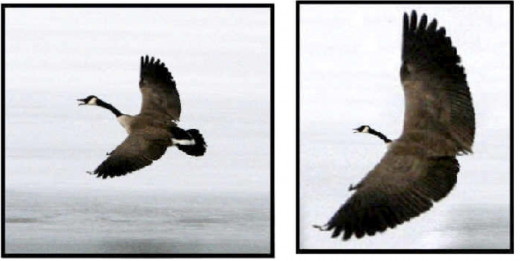
The picture on the left is what a bald eagle really looks like. If eagles had the same wing load as Canada geese they would look like the picture on the right.
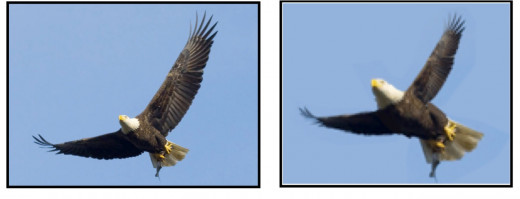
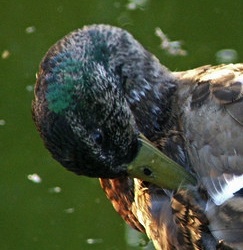
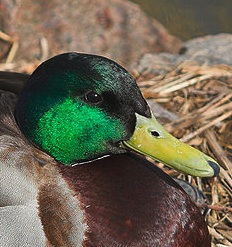
Activity:
This mallard drake (male) is in the middle of his spring molt. His head is usually a beautiful iridescent green, but since his green feathers are falling out, he looks kind of drab in this picture.
Imagine you are a bird molting. Try it two ways. First, you are a mallard duck that replaces all your feathers at the same time. You can still walk and swim, but you can’t fly. Pretend you can’t use your arms for ten minutes. Try to do the things you would normally do.
Next imagine you are a hummingbird that replaces one or two feathers at a time, but it takes longer to finish the job. Pretend you can’t use your thumbs for half an hour. Try to do the things you would normally do.
Would you rather be a bird that molts all at once and get it over with in a hurry or one that spreads it out over a longer time, but can do more of what it normally does?
Natural camouflage
Another reason birds molt is protection from predators. A good example of this is the rock ptarmigan. These birds live in high mountains where there is a lot of snow in the winter. During the summer ptarmigans are brown so they blend in with the grass and leaves, making it hard for predators, like foxes, to find them. Before winter snows cover the ground, the ptarmigans molt and grow a set of white feathers. This allows them to blend in with the snow.
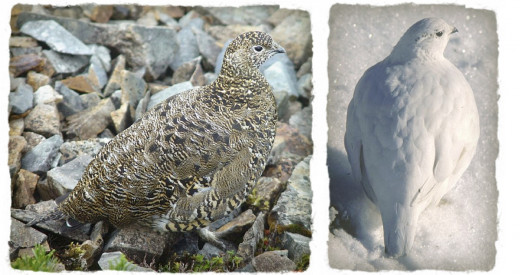
The rock ptarmigan on the left is wearing its summer plumage (feathers) and is very hard to see against the rocks in the background. The ptarmigan on the right is in winter white and is hard for predators to see against the snow.
Iridescence
Iridescent feathers change color when seen from different angles or in different light conditions. The feathers have tiny platelets that either allow light to pass through or reflect it. The result is an amazing light show that shows a lustrous rainbow of color.
The peacock is the most famous of birds with iridescent feathers, but many of the more drab colored birds also display iridescence. The black feathers of magpies and starlings sometimes appear to be blue or green.
Activity: Feather safari
While on a walk in your neighborhood or at a park, look for feathers that have been shed. If you find one, notice what color it is and how big it is. Try to guess what kind of bird it came from. Turn it in the light to see if it changes color. If it does, it is iridescent.
With your fingers, pull some of the barbs apart from the rest so the feather looks like the one on the left. Now pretend you’re preening the feather like birds do. Put your finger under the separated barbs and the thumb of the same hand above the barbs near the shaft of the feather. Now gently squeeze the separated barbs between your finger and thumb and slide your fingers toward the edge of the feather. This should zip the barbs back together.
While on your walk, look for birds. You might see them on the ground, in trees or bushes or flying in the air. See how many different colors you can find on the birds.
Note to parents and teachers on gathering feathers
The Migratory Bird Treaty Act and the WIld Bird Conservation Act state that feathers that are found can be looked at and identified, but must be returned to where they were found. Exceptions to these rules are feathers from English sparrows, common pigeons and starlings. Feathers from these birds as well as those from domestic birds and legally harvested game birds can be kept.
